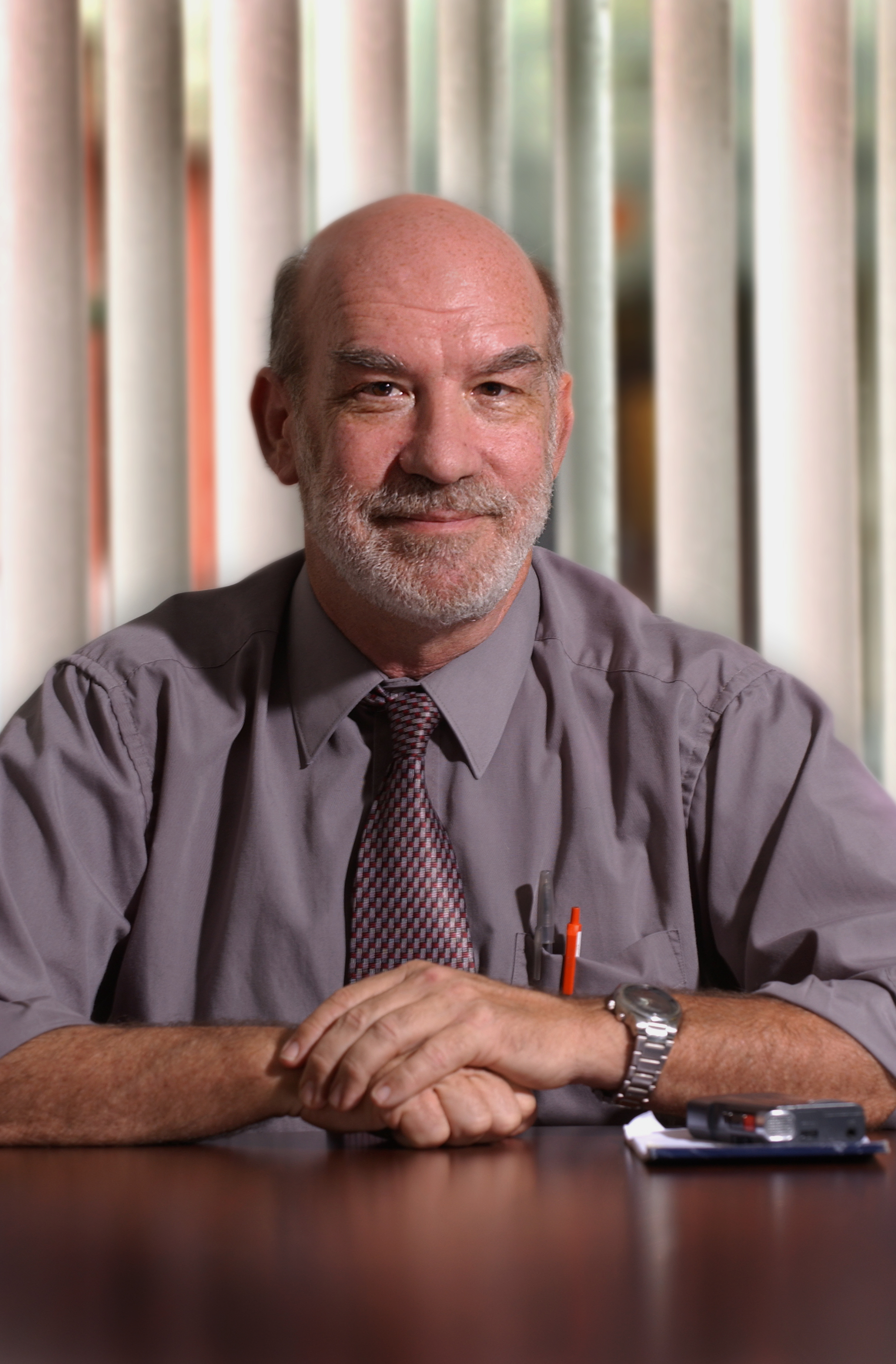.jpg)
While COVID-19 ravages the world, scientists are still trying to unravel the unique mysteries of SARS-CoV-2, the virus causing COVID-19, and why it so deadly to so many. Among those seeking answers are U.S. scientists from the Johns Hopkins University (JHU) in Baltimore, Marylandwho published a study in the journal Blood.https://ashpublications.org/blood/article/136/18/2080/463611/Direct-activation-of-the-alternative-complement
From the beginning of the COVID-19 pandemic, scientists knew that the spike-like proteins on the surface of SARS-CoV-2 latched on to cells targeted for infection. Recent research shows the spikes grab a substance called “heparan sulfate,” a large, complex sugar molecule found on the surface of cells in the lungs, blood vessels and smooth muscle that make up most organs. After binding with the cell, SARS-CoV-2 uses another cell-surface component, the protein known as “angiotensin-converting enzyme 2” (ACE2), to break into the cell.
The havoc begins here.
When SARS-CoV-2 ties up heparan sulfate it prevents another substance - factor H - from doing its job of regulating chemical signals that both trigger inflammation and keep the immune system from harming healthy cells. Without factor H protection, cells in the lungs, heart, kidneys, and other organs, can be destroyed by the very defense mechanism nature intended -the immune system.
JHU researchers discovered that “factor D,” a protein in the immune system, enables SARS-CoV-2 to turn the immune system against itself and damage healthy cells. When factor H is functionally dismantled by factor D, the immune system attacks healthy cells, as autoimmune diseases do.
The immune system’s response to chemicals released by killed cells could be responsible for the serious organ damage and organ failures in severe cases of COVID-19.
"Previous research has suggested that along with tying up heparan sulfate, SARS-CoV-2 activates a cascading series of biological reactions -- what we call the “alternative pathway of complement” – or APC, that can lead to inflammation and cell destruction of healthy organs if misdirected by the immune system," explained study senior author Robert Brodsky, M.D., director of the hematology division at the Johns Hopkins University School of Medicine. "The goal of our study was to discover how the virus activates this pathway and find a way to inhibit it before the damage happens."
%20(1).jpg)
According to Brodsky, the APC is one of three chain reaction processes involved in splitting and combining of more than 20 different proteins -- known as “complement proteins” -- that usually get activated when bacteria or viruses invade the body. The end-product of this complement cascade is a structure called the “membrane attack complex” (MAC).
To discover exactly how the virus activates the APC cascade and blocks factor H from connecting with the sugar, the researchers used normal human blood serum and three subunits of the SARS-CoV-2 spike protein to disable the complement regulation by which factor H keeps immune response under control.
"When we added a small molecule that inhibits the function of factor D, the APC wasn't activated by the SARS2 virus spike proteins," explained Brodsky.
He uses an automobile metaphor to explain Factor D and Factor H co-activity.
"If the brakes are disabled, the gas pedal can be floored without restraint, likely leading to a crash," he explained. "The viral spike proteins disable the biological brakes (factor H) enabling the gas pedal (factor D) to accelerate the immune system and cause cell, tissue and organ devastation. Inhibit factor D and the brakes can be re-applied and the immune system reset."
The good news is that there are already drugs in development that can block factor D’s nefarious work. Although still in testing, it appears that one such drug - ravulizumab - blocks the complement attack triggered by the spike proteins.
To be clear, these drugs are not vaccines aimed at halting the community spread of the virus. Rather, they are aimed at helping to prevent the worst organ damage in those who acquire COVID-19.
By: Randolph Fillmore

Randolph Fillmore is a science and medical writer and an adjunct professor of anthropology and mass communications at Hillsborough Community College in Tampa, Florida, USA. He is the director of Florida Science Communications (www.sciencewriter.ink , a member of the National Association of Science Writers in the U.S. since 1994, and has recently joined the Science Writers and Communicators of Canada.
